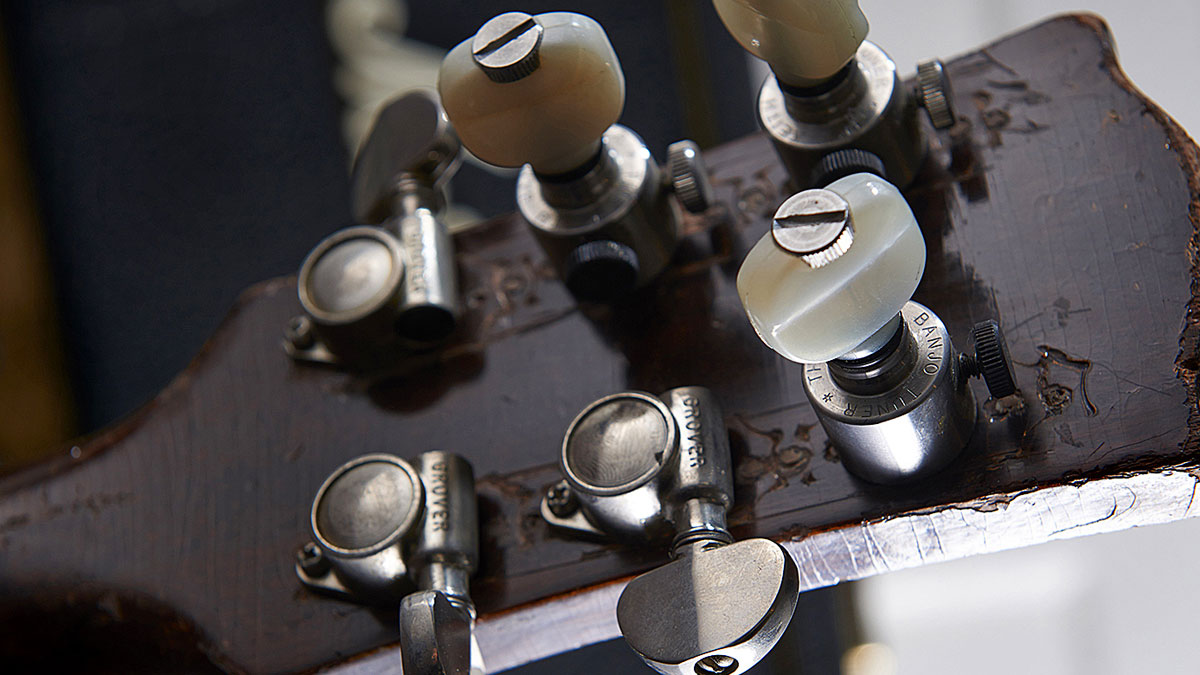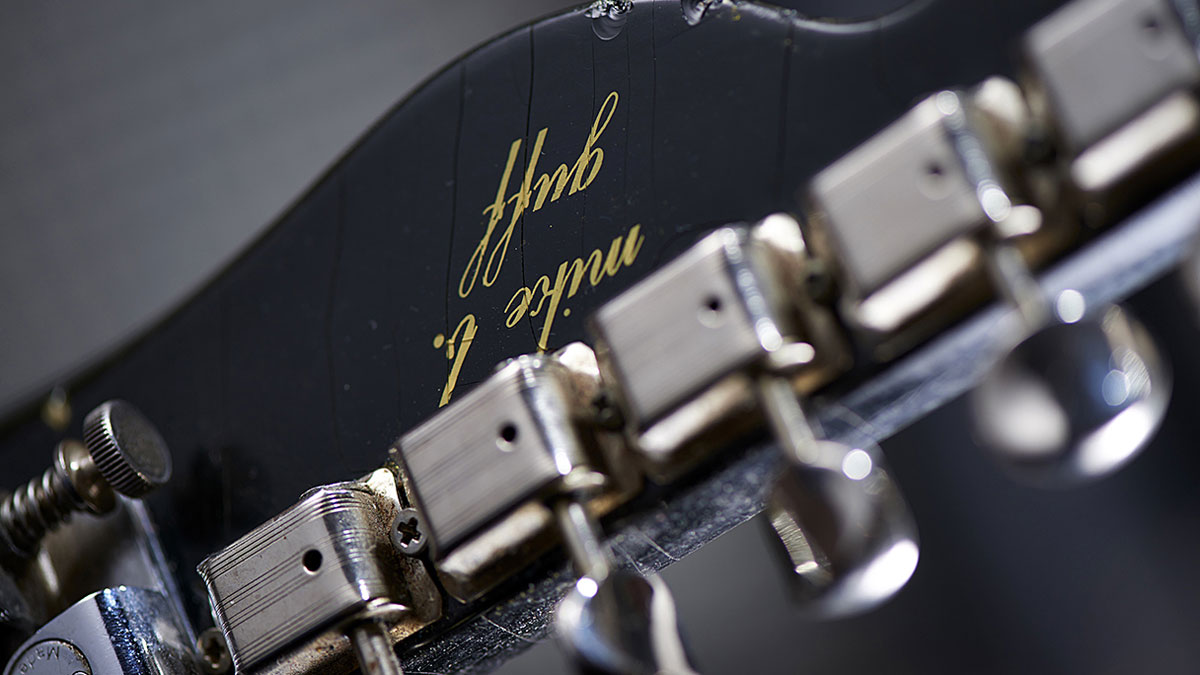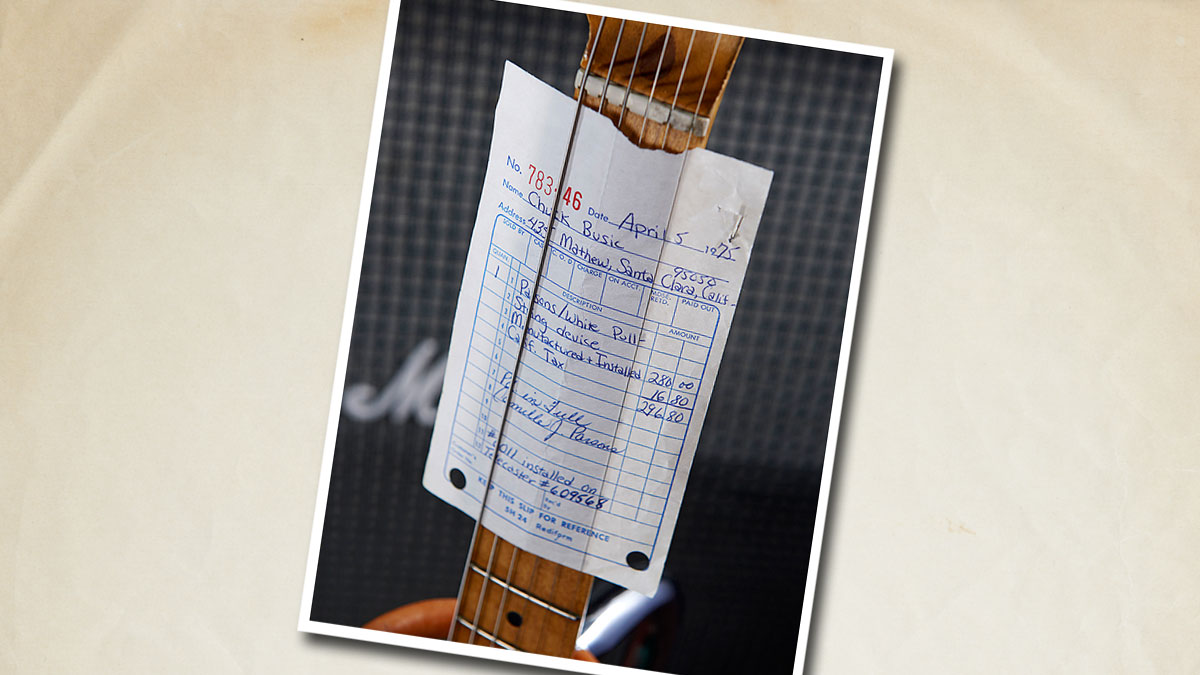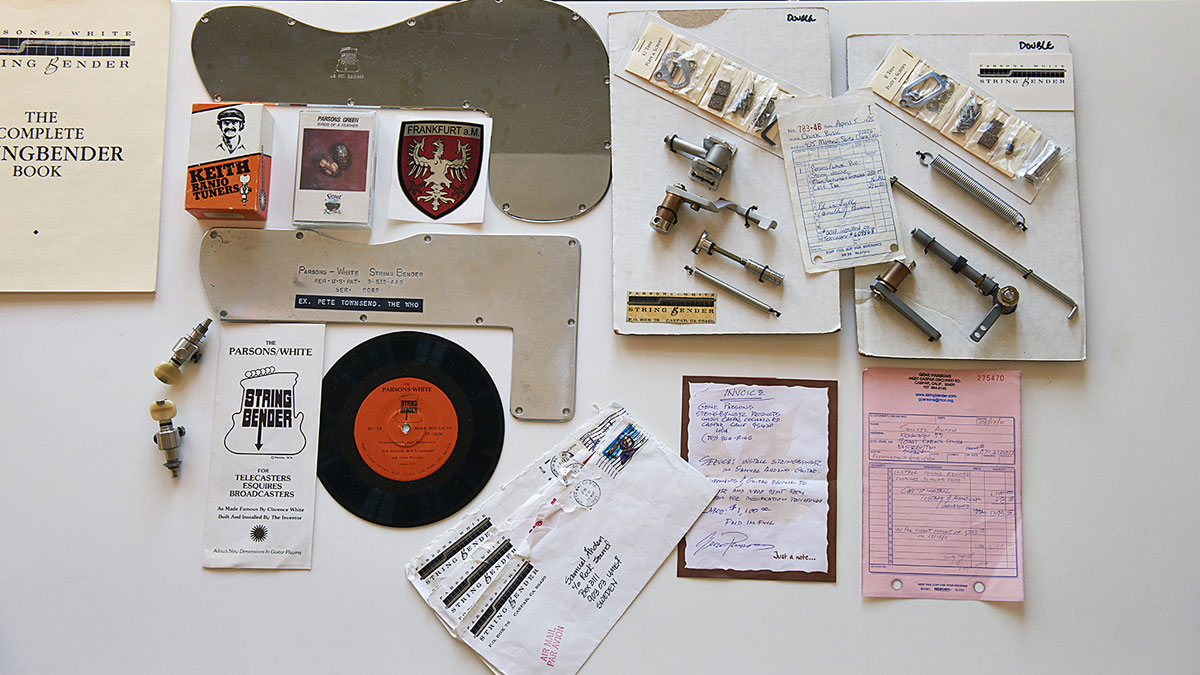Rare and beautiful B-Bender electrics - in pictures
The story behind the B-loved mod
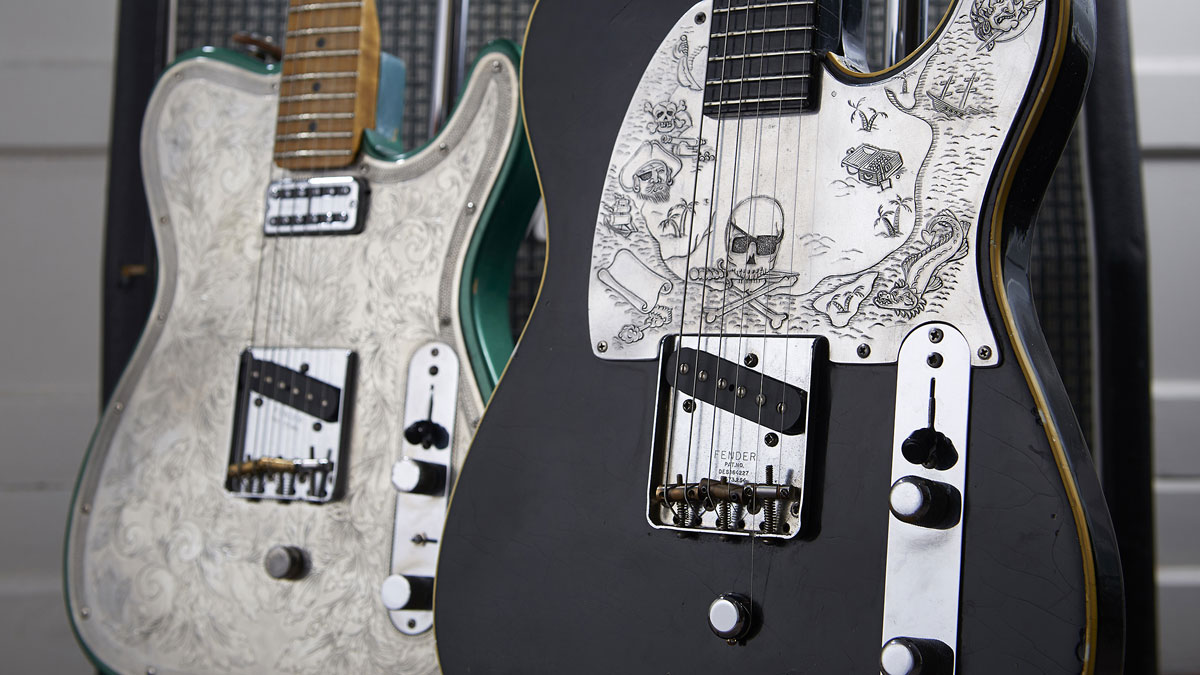
Introduction
Designed by Gene Parsons and Clarence White of The Byrds, the B-Bender is an ingenious mechanism designed to make regular electric guitars sound like a pedal-steel.
Many players have never even heard of the invention, but Samuel Ahden has 41 guitars fitted with B-Benders in his collection. We visited Guitars: The Museum to find out why he’s got such a B in his bonnet.
There’s a fine line between taking a keen interest in certain guitars and outright obsession
There's a fine line between taking a keen interest in certain guitars and outright obsession. By his own cheerful admission, collector Samuel Ahden’s interest in B-Bender guitars strayed into the latter category some time ago. He now has a collection of 41 of them.
Let’s consider that surprising figure for a moment. Guitars fitted with a B-Bender system are rare beasts to begin with. The mechanism was invented in 1965 by Gene Parsons and Clarence White of The Byrds, who wanted to emulate the weeping sound of a pedal-steel guitar, whose sweet, sighing voice adds poignancy to so many country records.
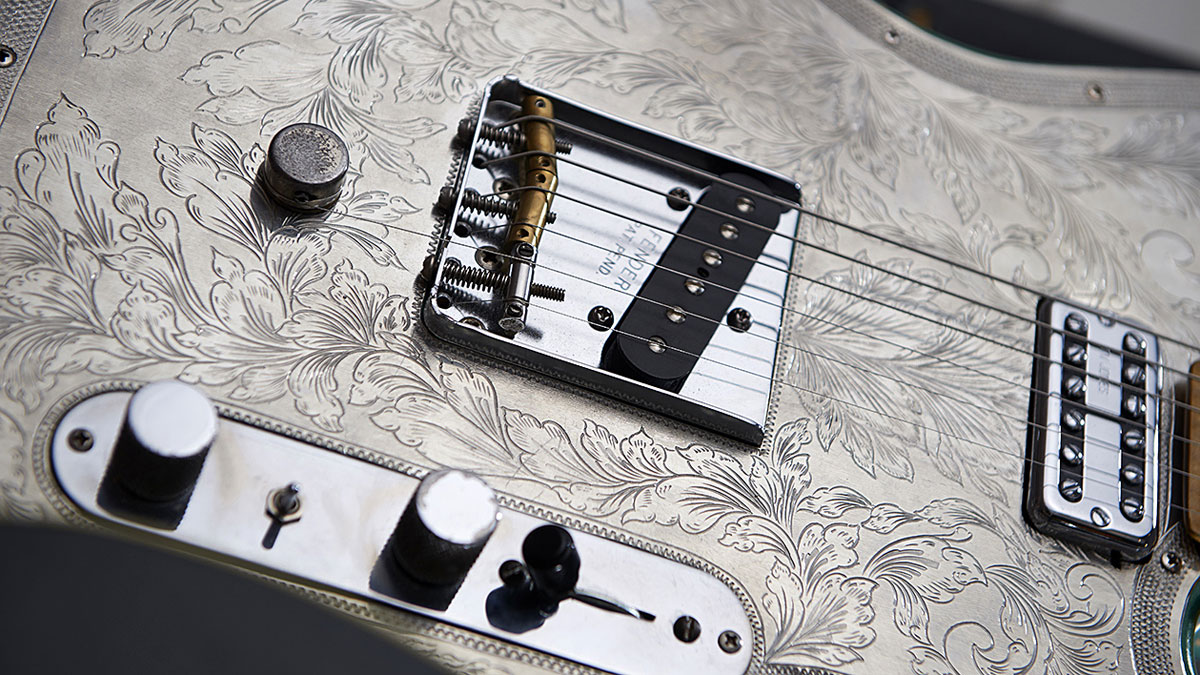
Lighten up
Because real pedal-steel guitars are bulky, complex instruments that are notoriously difficult to play, Parsons and White tried various ways to generate the same sound by simpler means.
"Gene told me they were in the studio and Clarence wanted to do the recording in one step," Samuel explains. "But some parts of the song called for a pedal-steel sound, so Gene had to stand behind him and push down his Telecaster's B string [behind the nut]. But during live shows, of course, Gene had to play the drums."
Gene actually took the mechanism from a Fender pedal steel and bolted it on the back of Clarence's guitar
Clearly, this two-man approach to emulating the pedal-steel sound was rather limiting. And so, with White's feedback, Parsons devised what they initially dubbed the ‘pull-string' mechanism, commonly known as a B-Bender.
Essentially, this was a system of levers that could smoothly raise the pitch of the B string by up to a full tone. The system worked via a modified strap button on the Telecaster's upper bout, which was mounted on the end of a lever pivoting in a narrow slot. This lever was connected to further fulcrums and springs that altered the tension of the B-string when the player pushed the guitar's neck downwards during play.
"Gene actually took the mechanism from a Fender pedal steel and bolted it on the back of Clarence's guitar," Samuel explains. "He had to build a wooden frame with a Masonite backboard to cover it up, making the guitar almost twice as thick as an original Telecaster."
Although variants that could bend multiple strings were tried, the B-bending version proved the most successful design and Parson's bulky prototype soon evolved into a sleeker form that could be fitted - after some careful routing - inside the body of a Telecaster. When installed and set up carefully, it did a surprisingly good job of emulating the sound of a pedal-steel guitar and rarely went out of tune.
"It's very stable," says Samuel of the system. "I have never had to make any adjustments to the green B-Bender Tele that I have and that has been installed for 40 years."

Parsons Knows
It was an ingenious idea, and though a little niche, it's surprising that there aren't more around. One reason for the relative scarcity of B-Benders is that Gene Parsons began fitting them to order personally from 1973, allowing only a very limited number of approved workshops to do so on his behalf.
With the exception of some niche Teles made by Fender (Gibson has also recently issued a 'Music City' B-Bender Les Paul Special), B-Bender guitars have never been widely mass produced.
I heard the album Untitled and I thought that Clarence White played a pedal steel on it, because the notes jumped up and down in a strange way
So when Samuel Ahden, co-founder of Guitars: The Museum in Umea, Sweden - no stranger to these pages - decided he wanted to own a B-Bender guitar, many years ago, he had to write and ask Gene Parsons if he'd be prepared to fit one to a donor instrument for him. His interest was prompted, unsurprisingly, by a love of The Byrds' work on vinyl.
"I heard the album Untitled and I actually thought that Clarence White played a pedal steel on it, because the notes jumped up and down in a strange way. But I later found out in a magazine that he'd actually played a Telecaster. And I really wanted that kind of sound, but it took 14 years before I actually got in touch with Gene Parsons. And then I sent a Telecaster to him."
When the guitar returned with B-Bender installed, Sam had to re-program his fingers to make use of the new possibilities it offered.
"It was a whole other way of thinking when you play the B-Bender," Sam adds.
"The first gig I used it on was playing with a rock 'n' roll trio here in Umea, with Elvis's original drummer, DJ Fontana, in the band. And that really got me into the B-Bender thing. But it was very hard to get them, because there was no internet back then."
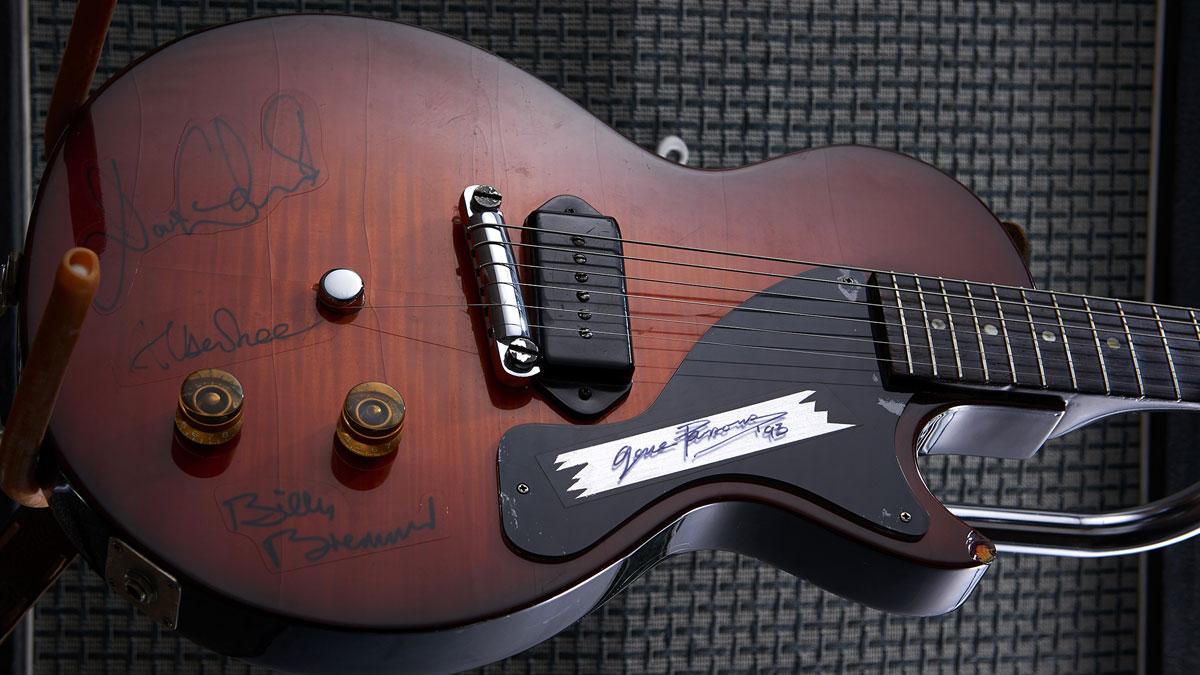
And then came Junior
Sam's next step along the road towards irrevocable B-Bender obsession was to ask Parsons to fit a B-Bender not to a Telecaster but a Les Paul Junior.
"I saw a picture of Jimmy Page playing a Les Paul Standard - some kind of burgundy red colour - that had been fitted with a B-Bender. And so I wrote once more to Gene and asked if he could do a B-Bender installation on a Les Paul Junior. And he replied that he had never done it before but that he could do a custom installation."
It's actually the only Junior in the world he has installed a B-Bender on
Sam still has the guitar, which takes pride of place in Guitars: The Museum's collection in Umea.
"It's a 1955 Les Paul Junior," he says. "I bought it then painted it black and put a maple veneer on the top because someone had tried to make it into a double-cutaway Junior at home. So it was already damaged and non-original.
"It's actually the only Junior in the world he has installed a B-Bender on. Gene also made a chrome backplate that I custom-ordered, and he also let me buy three of the Bill Keith banjo tuners that he had, because Clarence White also used two of those,"
Samuel adds, referring to specially designed machineheads that permit instant retuning to drop D and other pitch intervals.
"You can set an upper stop and a lower stop on the tuner by adjusting a little screw, so you can tune to an open tuning and then just turn it back till it stops and you're back in standard tuning," Sam explains. "They work extremely well."
As Sam added more B-Bender guitars to his collection, he acquired more unusual examples of Parsons' work, including a Tele modified to bend both B and G strings - though it's not the easiest instrument in the world to operate, he reports.
"The B-Bender is operated by the shoulder strap on the upper horn of the Telecaster, but to operate the G-Bender at the same time you put a loop in your belt with a short length of shoulder strap attached - and you have to move your hips like a hula-hula dance to make it work. It looks very strange [laughs]."
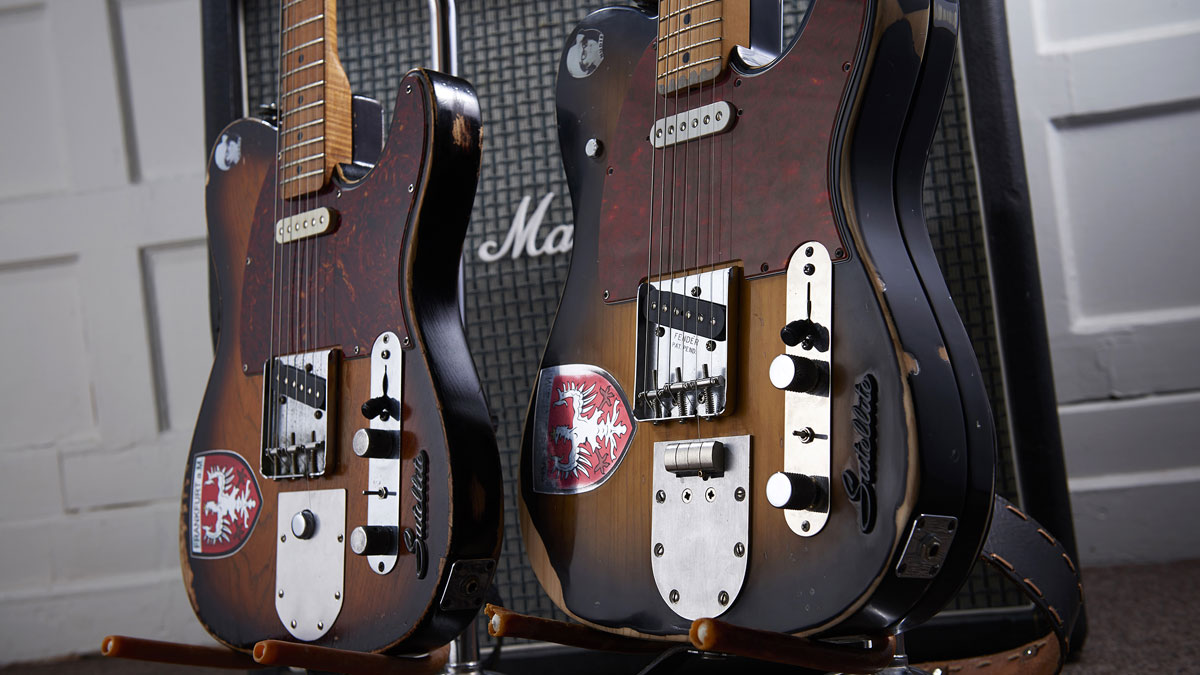
Different strokes
He also has some later variants of the standard B-Bender mechanism with a slightly different action.
"You can order it with an option called 'long throw'," Sam explains, referring to a later type of B-Bender that permits more sensitive bends. "But I actually prefer the original mechanism; it's much faster with a shorter throw."
The searching I think will never stop - I will buy every Parsons White B-Bender that I actually can find
But the rarest jewel in his B-Bender collection is also the most recent: an acoustic guitar custom-fitted with a B-Bender by Gene Parsons.
"I have been searching for that guitar for eight years," Sam says, with a note of triumph. "I saw some pictures of it on the internet and never knew who owned it, but at last, I found it on a classified ads site called Reverb.com.
"I bought the guitar from the guy who owned it and it's a David Matlin guitar, custom-built for Gene Parsons, and it's the only one ever made, actually. I talked with Gene about that and he said the guitar was used on a number of recordings. He was very proud of it."
With unique LP Junior and acoustic B-Bender guitars safely in his collection and on show at Guitars: The Museum, surely Sam can now afford to take a rest from his search for more B-Benders? Not a bit of it, he says...
"The searching I think will never stop - I will buy every Parsons White B-Bender that I actually can find. It's my mission in life! I gig with the black B-Bender Tele and the green one - they are meant to be used. That's the whole idea. But I also hope having these guitars in the museum benefits Gene Parsons in some way. I think it's a little bit forgotten in music history, and this an extremely important invention, I think."
Jamie Dickson is Editor-in-Chief of Guitarist magazine, Britain's best-selling and longest-running monthly for guitar players. He started his career at the Daily Telegraph in London, where his first assignment was interviewing blue-eyed soul legend Robert Palmer, going on to become a full-time author on music, writing for benchmark references such as 1001 Albums You Must Hear Before You Die and Dorling Kindersley's How To Play Guitar Step By Step. He joined Guitarist in 2011 and since then it has been his privilege to interview everyone from B.B. King to St. Vincent for Guitarist's readers, while sharing insights into scores of historic guitars, from Rory Gallagher's '61 Strat to the first Martin D-28 ever made.

